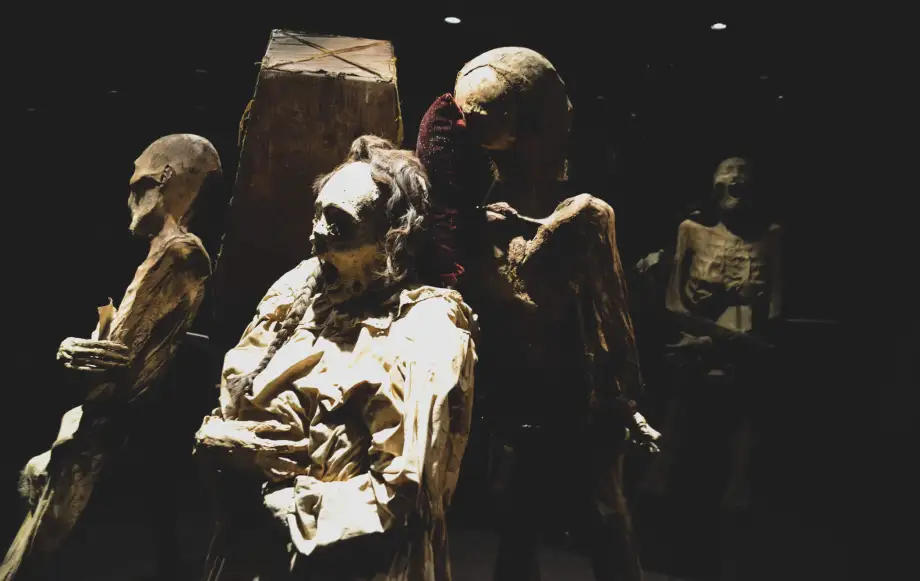Introduction
While many travelers seek relaxation, adventure, or cultural immersion, a growing number are drawn to sites associated with tragedy, death, and historical horrors. This phenomenon, known as dark tourism, allows visitors to reflect on humanity’s past while standing on the very ground where history unfolded. But what compels people to visit such somber places, and what ethical considerations should they keep in mind?
The Psychology Behind Dark Tourism
Dark tourism isn’t just about morbid curiosity—it’s a way to confront history, understand human resilience, and sometimes even pay tribute to those who suffered. Some key motivations include:
- Educational Value: These sites serve as powerful reminders of past atrocities, helping to educate future generations.
- Emotional Connection: Many visitors feel a personal or ancestral tie to these locations.
- Thrill Seeking: For some, the eerie and unknown add an element of adventure.
- Philosophical Reflection: Contemplating mortality and human nature can be a deeply introspective experience.
Infamous Dark Tourism Sites Around the World
1. Auschwitz-Birkenau, Poland
One of the most harrowing reminders of the Holocaust, Auschwitz was the site of immense suffering and loss. Today, it stands as a solemn museum and memorial.
- What to Expect: Preserved barracks, gas chambers, and personal belongings of victims.
- Ethical Consideration: Visitors are expected to behave respectfully and avoid insensitive photography.
2. Chernobyl, Ukraine
The site of the catastrophic 1986 nuclear disaster, Chernobyl offers eerie abandoned buildings frozen in time.
- What to Expect: The ghost town of Pripyat, decayed Soviet-era structures, and wildlife reclaiming the land.
- Ethical Consideration: Tours are regulated to ensure safety and minimize disruption to the environment.
3. Hiroshima Peace Memorial, Japan
Marking the site of the first atomic bomb detonation in war, Hiroshima’s memorial honors the lives lost while advocating for global peace.
- What to Expect: The A-Bomb Dome, Peace Park, and the Hiroshima Peace Memorial Museum.
- Ethical Consideration: A place for reflection rather than casual tourism.
4. Pompeii, Italy
Buried under volcanic ash in 79 AD, Pompeii offers a haunting glimpse into the daily lives of Romans caught in disaster.
- What to Expect: Well-preserved ruins, human plaster casts, and a sense of frozen time.
- Ethical Consideration: Remembering the tragic loss of life rather than treating it as mere spectacle.
The Ethics of Dark Tourism
Visiting sites of suffering comes with a moral responsibility. Travelers should consider:
- Respectful Conduct: Treating the site with the dignity it deserves.
- Avoiding Exploitation: Ensuring tourism profits benefit preservation and education rather than commercial gain.
- Sensitivity to Local Communities: Understanding how locals perceive the site and its visitors.
Conclusion
Dark tourism isn’t for everyone, but for those who choose to explore these locations, it can be a deeply moving and educational experience. By approaching with respect and awareness, travelers can honor the past while gaining insight into humanity’s most sobering moments.

Leave a Reply